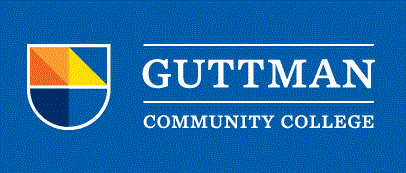
Publications and Research
Document Type
Article
Publication Date
Fall 2014
Abstract
With rising personal and public debt, public and private employers increasingly shifting financial responsibility to individuals, and an increase in both the number of financial investment options and predatory lending practices, today’s students need to be financially literate. This paper defines financial literacy and justifies its place in the mathematics curriculum. After describing the gaps in young people’s understanding of financial literacy, which is more pronounced among women and minorities, this paper provides examples of financial literacy exercises. College students’ solutions demonstrated that the level of financial literacy is low. The majority of students were unfamiliar with financial principles and concepts. Students found it difficult to estimate answers and judge the reasonableness of their solutions. Reading compre - hension and general cognitive skills led students to incorrect answers. The difficulties students had reinforce the need for financial education and developing students’ general cognitive skills.

Comments
This work was originally published in Journal of Mathematics Education at Teachers College.